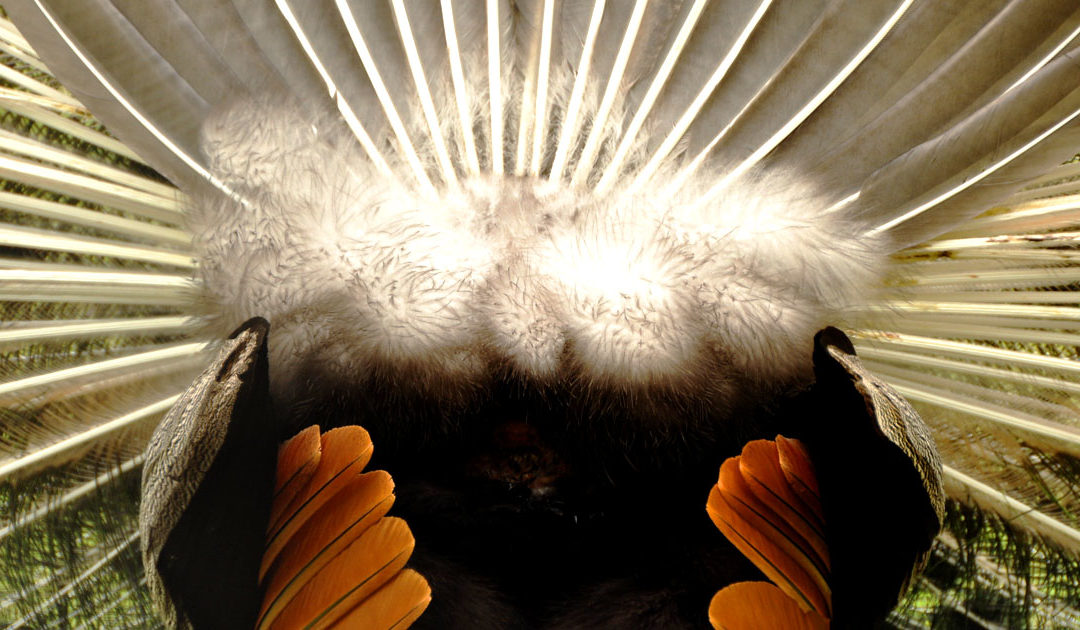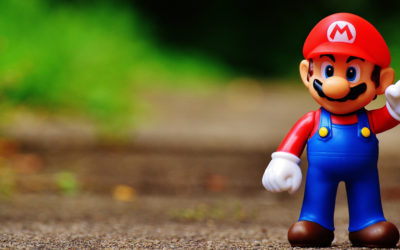Every Friday at the end of the day, I treat my coworkers with a ‘moment of zen.’ Analogous to Jon Stewart’s sign-off on the Daily Show, what started as just sharing a cool space photo or a funny animal picture turned into me doing what I do best – ruining peoples’ day with trivia that they didn’t ask to learn.
Last week, the moment of zen was especially fun, so I decided to share it here.
In the 1600s, an Italian anatomist by the name of Girolamo Fabrici d’Acquapendente, also known as Hieronymus Fabricius, was looking at chicken butts. Fabricius is known as the Father of Embryology.
He was looking at the butt of a goose one day when he noticed something weird. Birds have a unique gland on their butts. Everyone thought this discovery was so cool that they named it after him. Pretty rad claim to fame. For a few hundred years, however, we ignored Bursa Fabricii, as you do. In fact, not a single scientific paper was written on the Bursa Fabricius.
That is, until the early 1950s, when a city-slicker named Bruce Glick discovered that the bursa of Fabricius in a goose had a neat little role in producing antibodies. Up until then, we had no idea what that gland do, so Bruce Glick cut a bunch of these glands out of birds to see what would happen.
Honestly, not much changed. That is until he loaned a bunch of his Fabricius-less birds to a fellow grad student. As it turned out, the bursectomized birds couldn’t produce antibodies in an experiment, so it was determined that the butt-gland was actually really important.
Scientific discoveries are often serendipitous like that!
Because of all of this, we discovered T cells and learned a lot of critical stuff about antibodies and the field of immunology. This simple accidental discovery has led to improve cancer treatments and massive impacts on disease prevention and treatment.
Meanwhile, if you like the taste of raspberry, you’ll be happy to know that most raspberry-flavored things don’t contain real raspberry. Why would they, when we can extract an enzyme from the caster glands, a neighbor of the anal glands of a beaver, and use that to synthesize raspberry flavoring! In fact, this brown, slimy substance, called Castoreum, is so pleasantly flagrant that we use it in strawberry, raspberry, and vanilla flavoring. Capri-sun, anyone?




